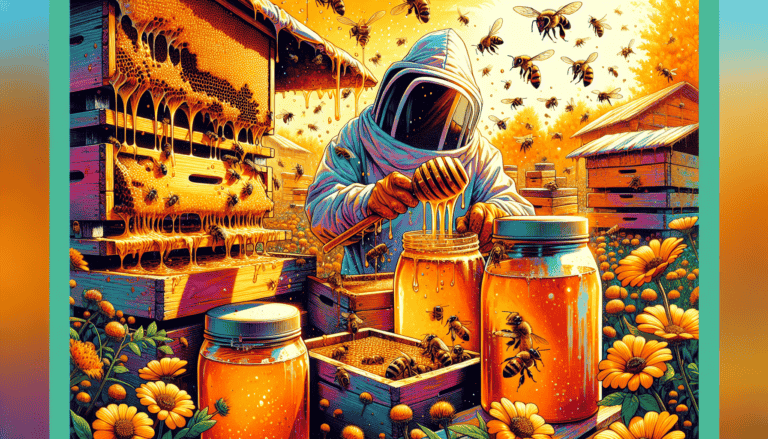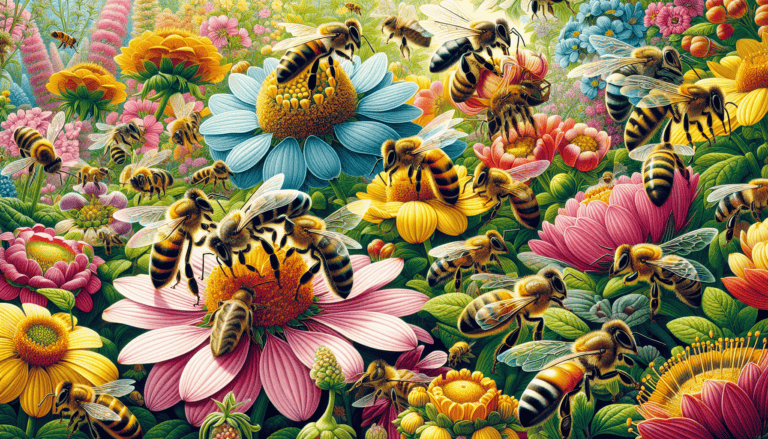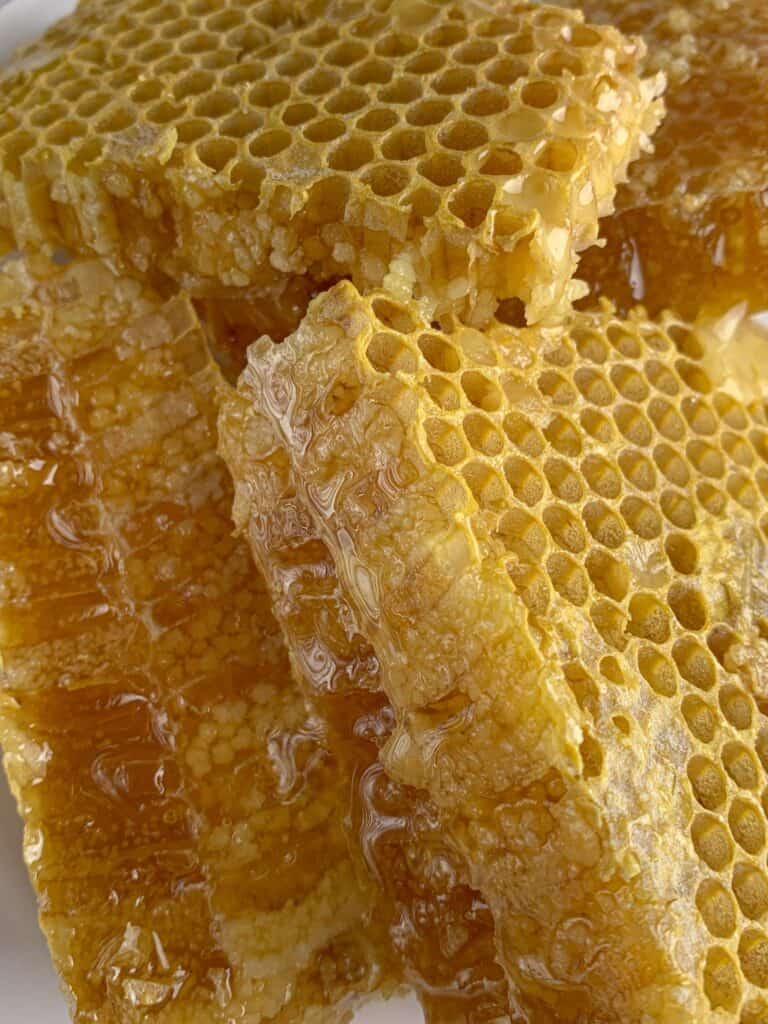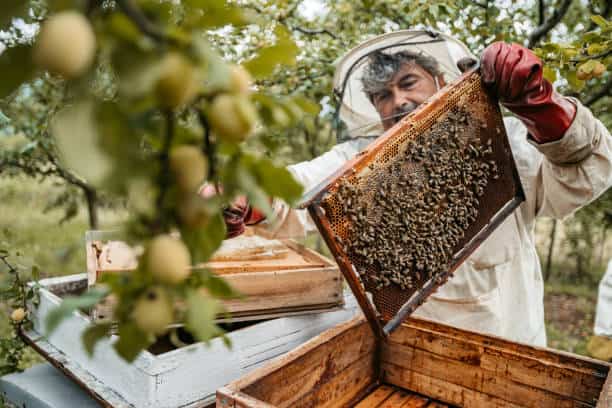Top Methods for Raising Queen Bees: A Practical Guide
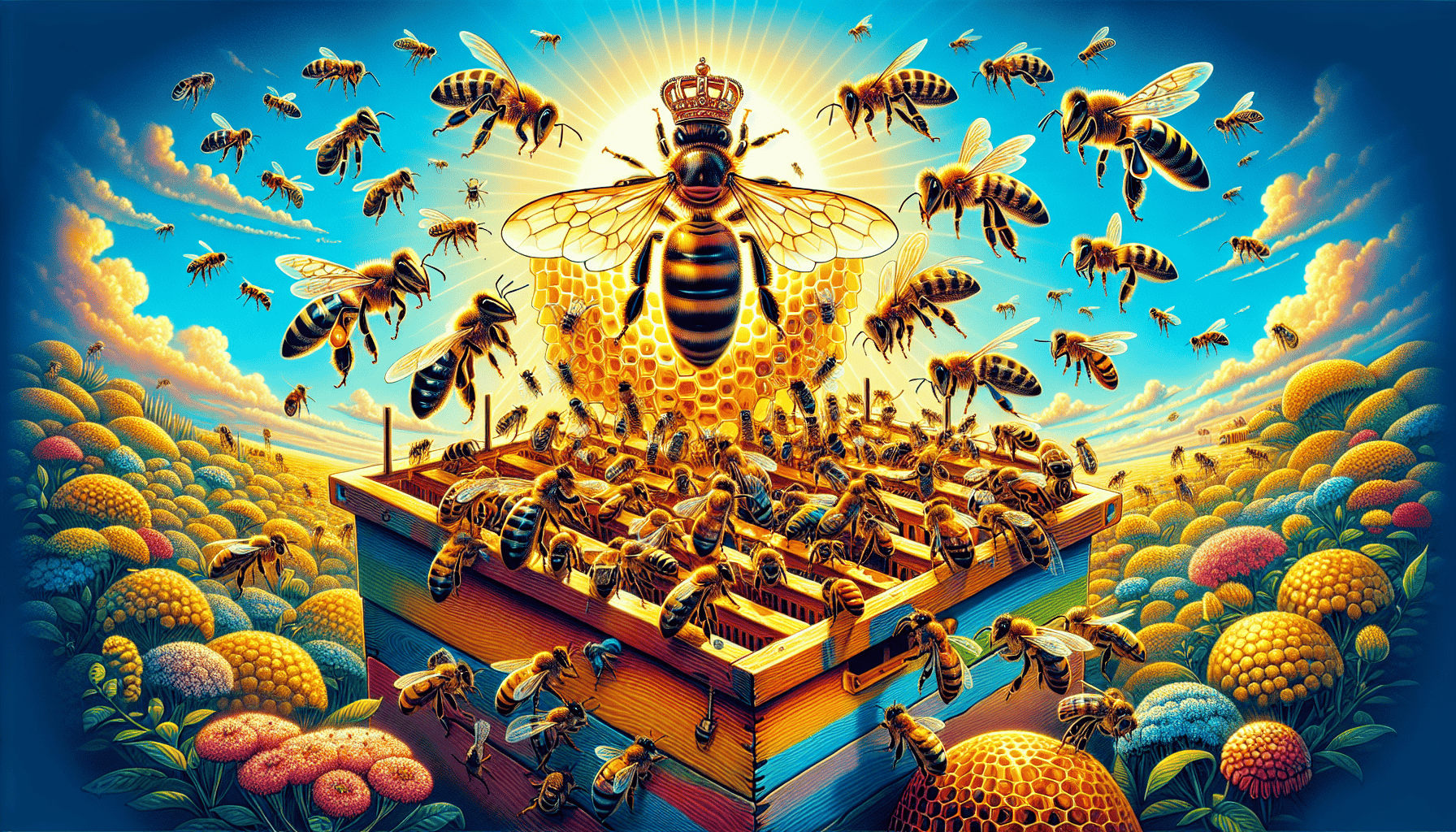
Maintaining the strength and productivity of your bee hives hinges on successful queen rearing. This manual offers effective strategies such as grafting, systems that don’t require grafting, and overseeing the development of queen cells. Acquire key skills to guarantee robust colonies through adept management of queens and bees alike.
Key Takeaways
Queen rearing is essential for maintaining healthy and productive honey bee colonies, particularly during the swarming season when conditions are favorable for queen cell production.
Grafting is a precise method for raising queens that requires specialized tools and careful handling to ensure the success of larvae transfer and development.
Graft-free systems, such as the Jenter and Nicot methods, offer more intuitive and less labor-intensive alternatives for producing queen cells, enhancing efficiency and reducing the risk of larval damage.
Understanding Queen Rearing Basics
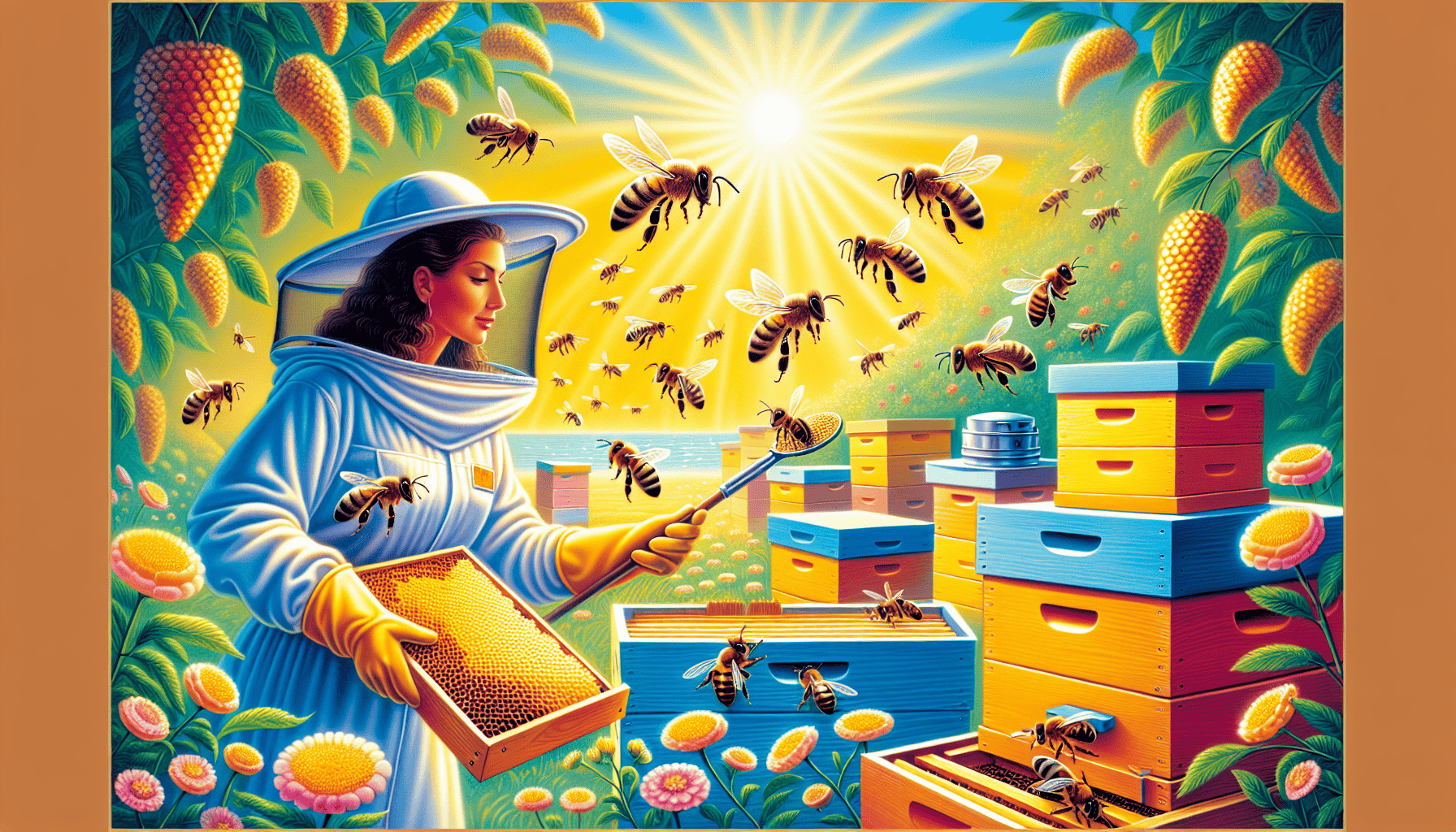
The practice of queen rearing is essential for the health and productivity of honey bee colonies. Queen bees are critical as they lay all the eggs within the hive, ensuring its structure and continuous reproduction. For beekeepers, raising queens is necessary to sustain strong colonies, replace older queens or grow their apiaries.
When it comes to producing queen cells effectively, swarm season offers optimal conditions conducive to queen cell development in hives. In this timeframe, establishing a robust starter colony becomes crucial for initiating production of these cells. The success of mating virgin queens hinges on favorable weather and an ample presence of mature drones that contribute towards fostering fertile and robust future queens.
A fundamental understanding of how prepared queen cups function is required alongside knowledge about young nurse bees who take care in tending them under suitable conditions, vital for successful queen raising endeavors by beekeepers looking forward to developing thriving colonies with productive honey bees.
Grafting Techniques for Raising Queens
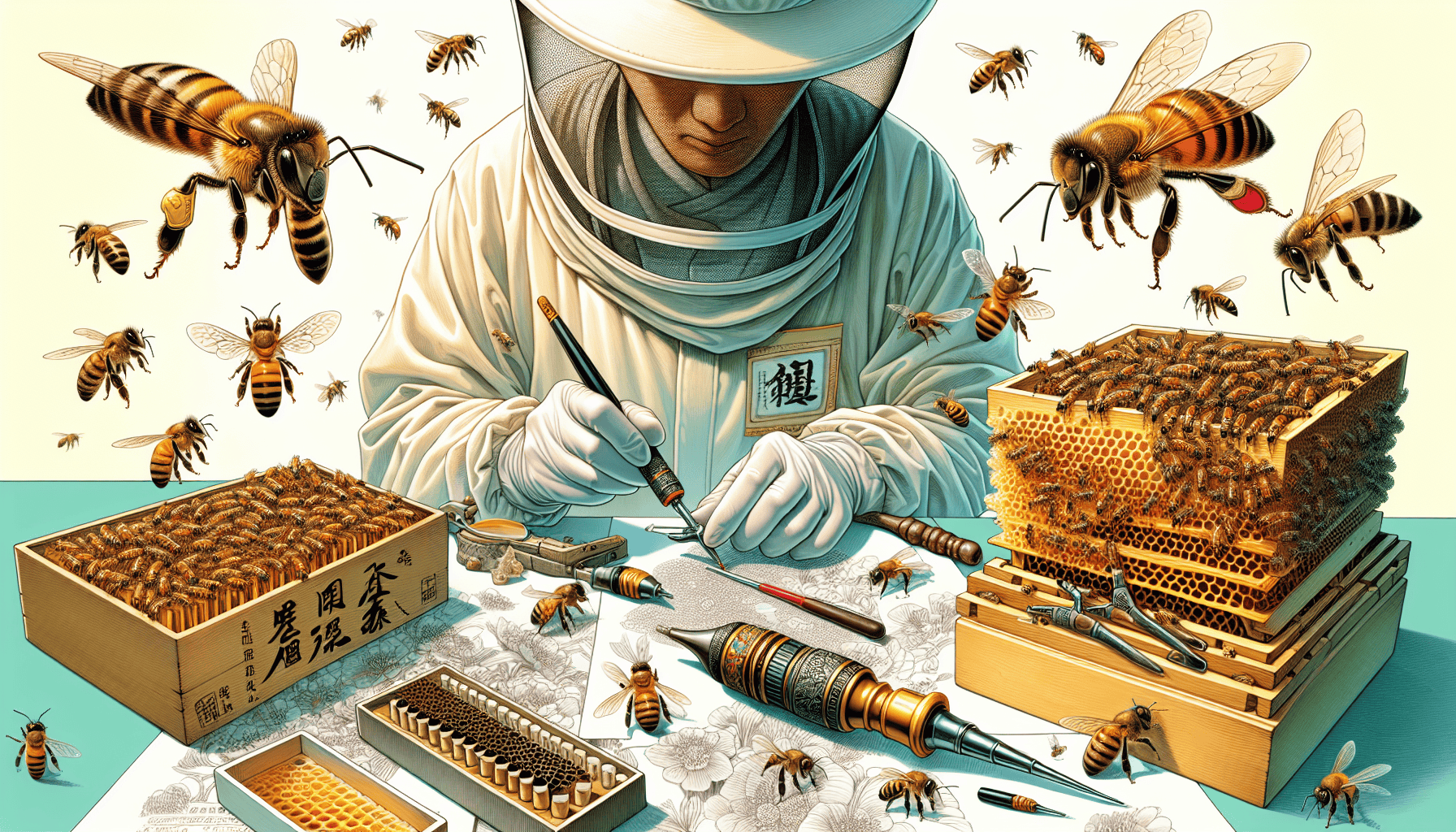
The method of grafting is a well-regarded approach to queen rearing. It involves moving select larvae into cell cups tailored for this purpose, utilizing a tool designed specifically for grafting. This procedure provides beekeepers with the ability to precisely raise queens under controlled conditions. The gentle and cautious handling of queen cells is crucial in order to avoid harm to the emerging queens contained within.
For optimal results during the grafting process, it’s essential that only larvae less than 24 hours old are chosen as these have a higher probability of maturing into robust and healthy queens. Such detailed-oriented attention coupled with appropriate tools is vital in achieving successful outcomes in queen rearing practices.
Essential Grafting Tools
The process of queen rearing involves transferring larvae with great care to avoid any harm. For this delicate task, the Chinese grafting tool is crafted for meticulous accuracy when moving larvae into cell cups. Other reliable options such as the German grafting tool are also popular due to their precision.
It’s essential in queen rearing to utilize appropriate instruments like a grafting frame and bar, which assist in delicately managing grafted larvae and thus enhance success rates.
Equipping oneself with suitable tools including a hive tool along with maintaining moisture using a damp towel contributes significantly towards an efficient grafting procedure.
Step-by-Step Grafting Process
Place a clean, dark drawn comb into the colony of your chosen breeder queen four to five days prior to grafting. This preparation helps shape the cell bottoms appropriately for effective grafting. Utilize a Chinese grafting tool to carefully select larvae that are one day old, and utilize either a flashlight or headlamp for better visibility when picking prime larval candidates.
It is crucial during the process of grafting to keep humidity levels adequately high in order not to dehydrate the larvae. Introduce open brood frames as part of your setup since they serve as an attractant for nurse bees who will care for the grafted cells. Using cups while grafting provides you with an option later on: Nicot cages can be added onto sealed cells, which could increase success rates.
The top box designed specifically for successful queen rearing should contain both a frame feeder and several frames loaded with stores and pollen. These supply essential nutrients needed by developing queens. When beekeepers follow this methodical approach toward raising queens via grafts, it tends towards achieving greater success rates within their apiaries.
Graft-Free Methods for Producing Queen Cells
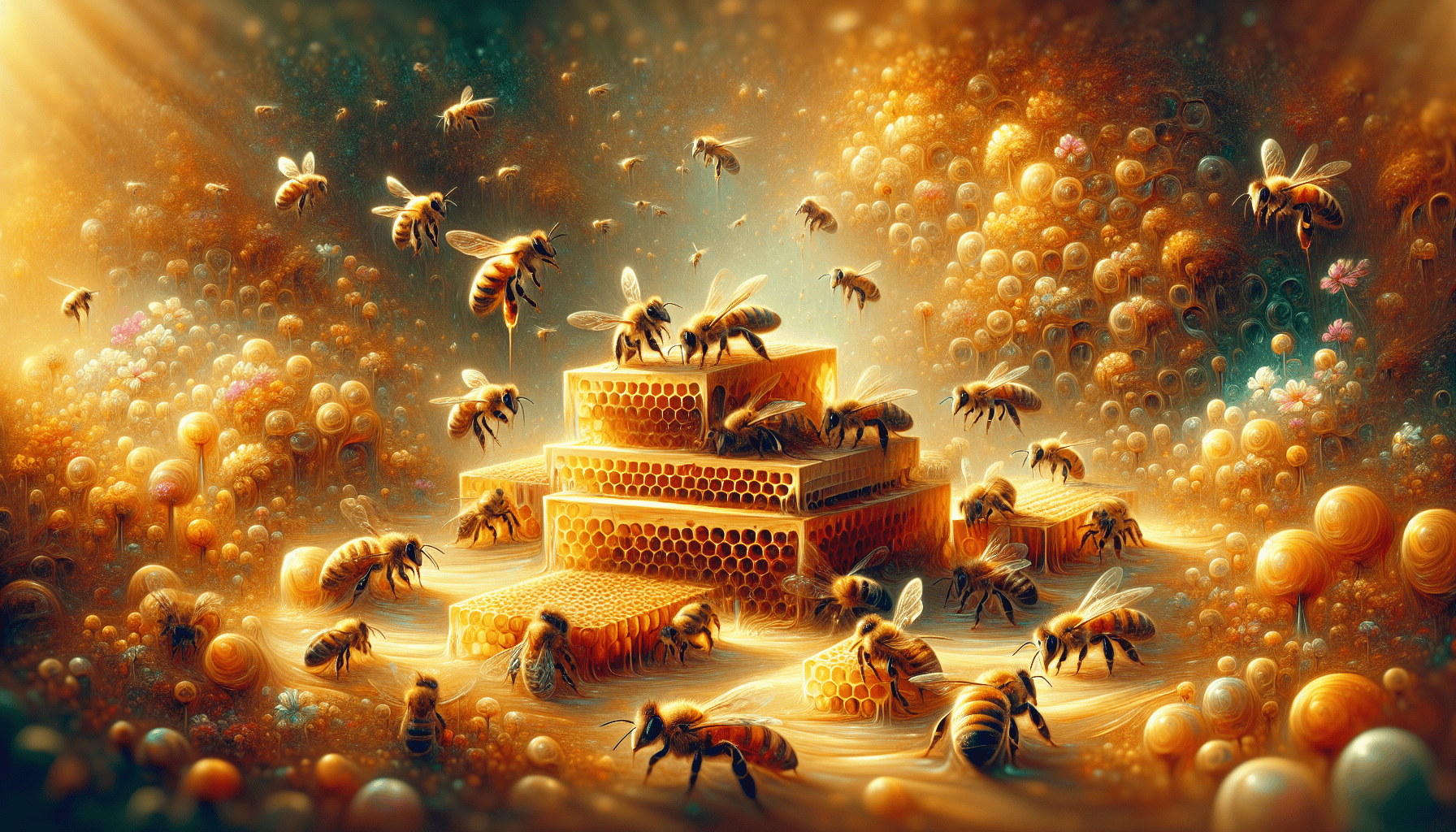
Alternative graft-free techniques provide a way to create queen cells without manually moving larvae. Systems like Jenter and Nicot lead the field in graft-free queen rearing, offering user-friendly processes that require less effort, making them suitable for beekeepers across various experience levels.
The production of queen cells using these graft-free approaches is both practical and cost-effective, enabling the generation of multiple queen cells with minimal difficulty. These methods also minimize potential harm to the larvae, which increases the likelihood of successfully cultivating healthy queens.
Using the Jenter System
Utilizing the Jenter system, queens can deposit their eggs straight into a grid composed of detachable cell cups that are arranged on a brood frame. In this setup, the queen is confined within a brood box which is mounted atop the brood frame to guarantee her egg laying occurs directly into these removable cups.
The grafting-free methodology offered by this system streamlines the task of rearing queens and renders it more user-friendly for apiarists. Particularly advantageous for beekeepers favoring minimal intervention, the Jenter method greatly facilitates queen rearing operations.
Utilizing the Nicot System
The Nicot system employs uniquely crafted cell cups, which facilitate the effortless relocation of larvae and promote the production of queen cells by bees. This approach improves the productivity of queen rearing through simplified manipulation and movement of queen cells after their placement on a cell bar.
By eliminating the necessity to directly interact with larvae, the Nicot system streamlines the process of raising queens. The method proves especially beneficial for apiarists eager to reduce potential harm to sensitive larvae throughout queen rearing activities.
Queenright Method of Queen Rearing

In the queenright approach to rearing queens, new queens are cultivated within the same colony that still retains its original queen. This technique is advantageous because it upholds the current structure and behavior of the bee community while nurturing new queens.
Being the main egg producer, a queen has a profound impact on both population levels and conduct within her hive. To effectively integrate a virgin queen into a nucleus colony, one must first remove any rival queen cells to prevent competition for dominance.
Setting Up a Queenright Colony
Typically, a colony with an established queen includes two brood boxes, which are critical for fostering a vigorous population that supports queen rearing activities. A key component in ensuring the safety of newly developed queens from the presence of the original queen is deploying a queen excluder within this setup.
For endeavors centered on rearing new queens within such an environment to thrive, it’s imperative that the colony exhibits both strength and vitality. The proficiency of raising successful new queens hinges greatly on maintaining robust health throughout the hive when practicing this method known as “queenright”.
The Hopkins Method Explained
Utilizing the Hopkins technique, a frame containing extremely young larvae is positioned horizontally within a colony lacking a queen. This approach permits the bees to instinctively select young larvae for raising new queens, thus minimizing manual handling.
Although this method could potentially overlook certain larvae that bees might have otherwise chosen specifically for queen rearing purposes, it offers an organic strategy for cultivating queens which may require less human effort.
Preparing Frames for the Hopkins Method
To accommodate the horizontal frame necessary for implementing the Hopkins method of queen rearing, an eke must undergo alterations. Using a Dremel tool allows for efficient modification of the egg to suit this purpose. Ensuring that frames are prepared correctly is vital to successfully employing the Hopkins method.
Adjusting and properly arranging the frames is essential in order to foster successful queen rearing using this technique.
Managing Queen Cells and Emerging Queens
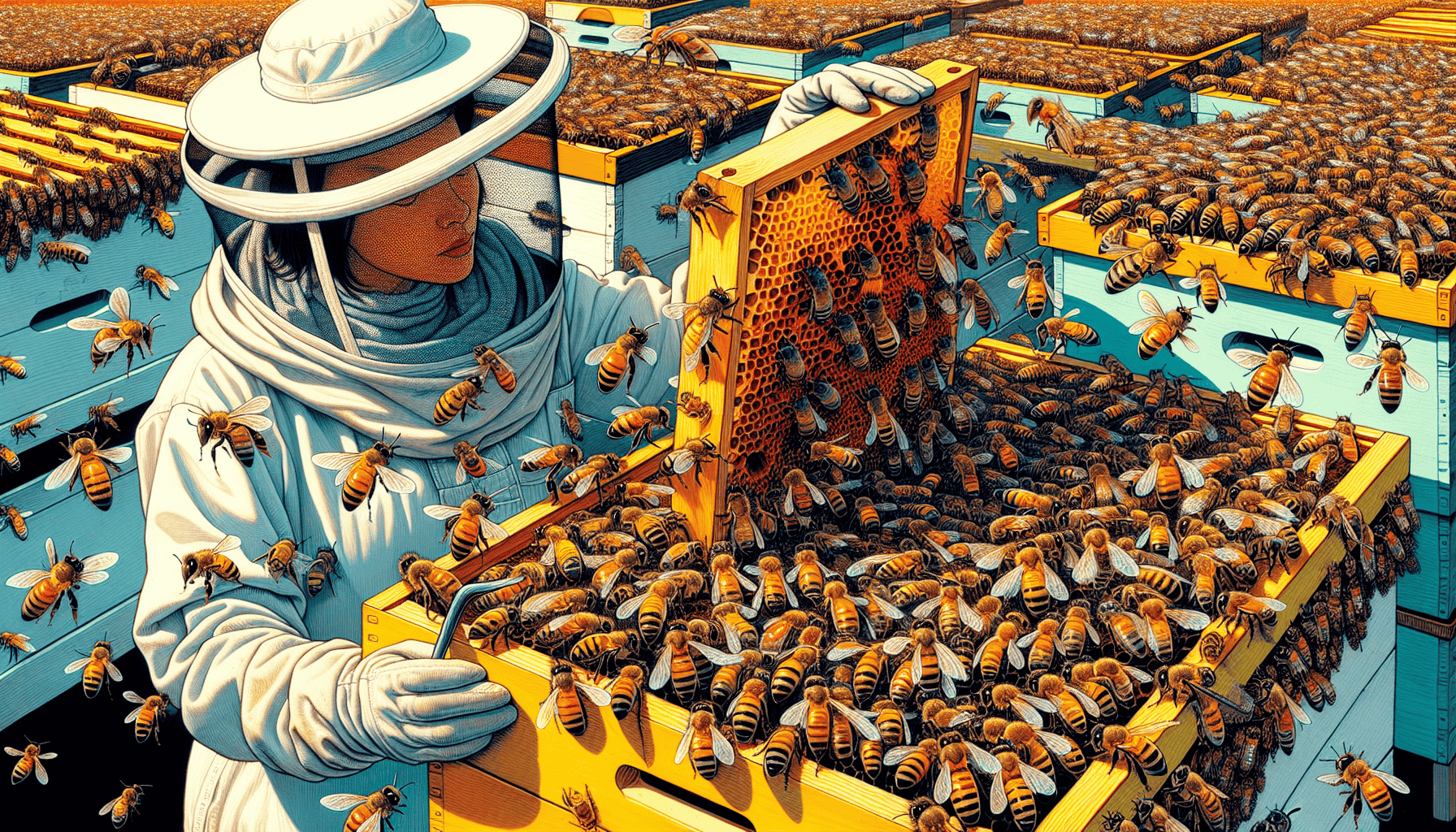
The production of new queens in a hive relies heavily on the presence of queen cells, which are specially constructed wax formations. These structures should be treated with care to prevent harm to the maturing queens within them. When there is an excess of queen cells, they can be safely stored in a specialized portable incubator for queen cells.
After emerging from their queen cell, virgin queens require a 72-hour period inside this incubator before being introduced into the hive. During this time, it’s imperative that humidity levels are regulated by placing moist kitchen paper towels within the environment.
To ensure successful integration of late-emerging virgin queens into hives, timing their introduction must be meticulously planned. Ensuring that these caged virgins receive adequate nutrition and remain vigorous involves supplying diluted honey as food and maintaining humid conditions at 34 degrees Celsius using the cap found on Nicot cages.
Feeding and Care During Queen Rearing
Queen rearing is heavily dependent on certain key conditions being met, including having a sufficient amount of nectar and quality pollen, as well as mature drones available for queen mating. Ensuring queens receive the proper nutrition is vital to their development. Insufficient diets can negatively affect both their growth and future productivity.
To ensure queens have access to necessary nutrients during periods when natural pollen is in short supply, offering pollen patties can be beneficial. Administering sugar syrup to bees at the onset of spring encourages the queen to lay more eggs. While stimulative feeding has potential benefits for brood rearing, its success often hinges on regional climate and environmental variables.
For ideal queen-rearing outcomes, it’s best practice to maintain a moderate nectar flow within hives. It’s important not to rear queens during intense honey flows as this could place undue stress on bee colonies.
Common Challenges in Queen Rearing
During the process of queen rearing, worker bees may reject grafted larvae, which poses a challenge and can contribute to low production rates of functional queens. When a colony feels overcrowded or senses danger, it might create too many queen cells than necessary for management purposes in the context of queen cultivation.
Various factors might lead to mating failures that result in improperly mated queens who are less capable at their roles within the hive. Developing queens face significant risks from infestations by mites that threaten their health and potential survival.
Newly emerged queens often experience high mortality due to internal competition among colony members or hostile actions from worker bees. The development and well-being of queen larvae is heavily dependent on nurse bees. If these caretakers are insufficient in number or under stress, it adversely affects their ability to nurture and feed the developing population effectively.
Best Practices for Successful Queen Rearing
The production of queens is highly dependent on specific environmental conditions, including the availability of nectar and seasonal factors. Optimal queen cell rearing occurs during peak swarming periods. It’s critical that beekeepers maintain robust hives capable of sustaining the development and care required for new queens.
Delicate handling while moving queen cells is imperative to avoid harm to the maturing queens inside them. Queens cultivated under a supersedure urge often exhibit superior capabilities in egg laying. Beekeepers can improve their success rates in raising new queens by following these recommended practices diligently.
Summary
To summarize, the art of queen rearing is a vital proficiency for beekeepers who aspire to uphold robust and prolific colonies. Grasping fundamental concepts, refining various techniques, and navigating prevalent obstacles enables beekeepers to adeptly cultivate queens, which plays a pivotal role in their hives’ endurance.
Implementing strategies such as grafting approaches, non-graft methods or employing the queenright system are all integral to triumphant queen cultivation. Armed with insights from this manual, apiculturists can venture into the realm of raising queens with confidence—bolstering both hive vigor and ecological balance.
Frequently Asked Questions
What is the ideal time for raising queen cells?
During the swarming season, conditions are optimally suited for successful queen rearing, making it the best time to focus on raising queen cells.
What tools are essential for grafting larvae?
To effectively graft larvae, certain key instruments are required. These include a Chinese grafting tool for precise larval transfer, a frame specifically designed for grafting, and a bar that supports the grafted cells. You’ll need an appropriate hive tool as well as maintaining proper moisture levels with a damp towel during the process.
Utilizing these essential tools will significantly contribute to achieving desired outcomes in your grafting endeavors.
How does the Jenter system simplify queen rearing?
The Jenter system simplifies queen rearing by enabling queens to lay eggs directly into removable cell cups, thereby eliminating the grafting process and making it more accessible for beekeepers.
This innovation streamlines the entire operation.
What are common challenges in queen rearing?
In the process of raising queens, beekeepers often face several hurdles. These include the worker bees’ refusal to accept grafted larvae, an excessive number of queen cells being created, unsuccessful matings of queens, invasions by mites, and a substantial incidence of death among queens that have just emerged.
Such issues can severely impede the effective production of new queens.
How can beekeepers ensure successful queen rearing?
To ensure the successful rearing of queens, it’s essential to align the timing with the swarming season and sustain robust colonies, while also providing ideal nutrition. Following best practices in managing queen cells and nurturing newly emerged queens is critical.

